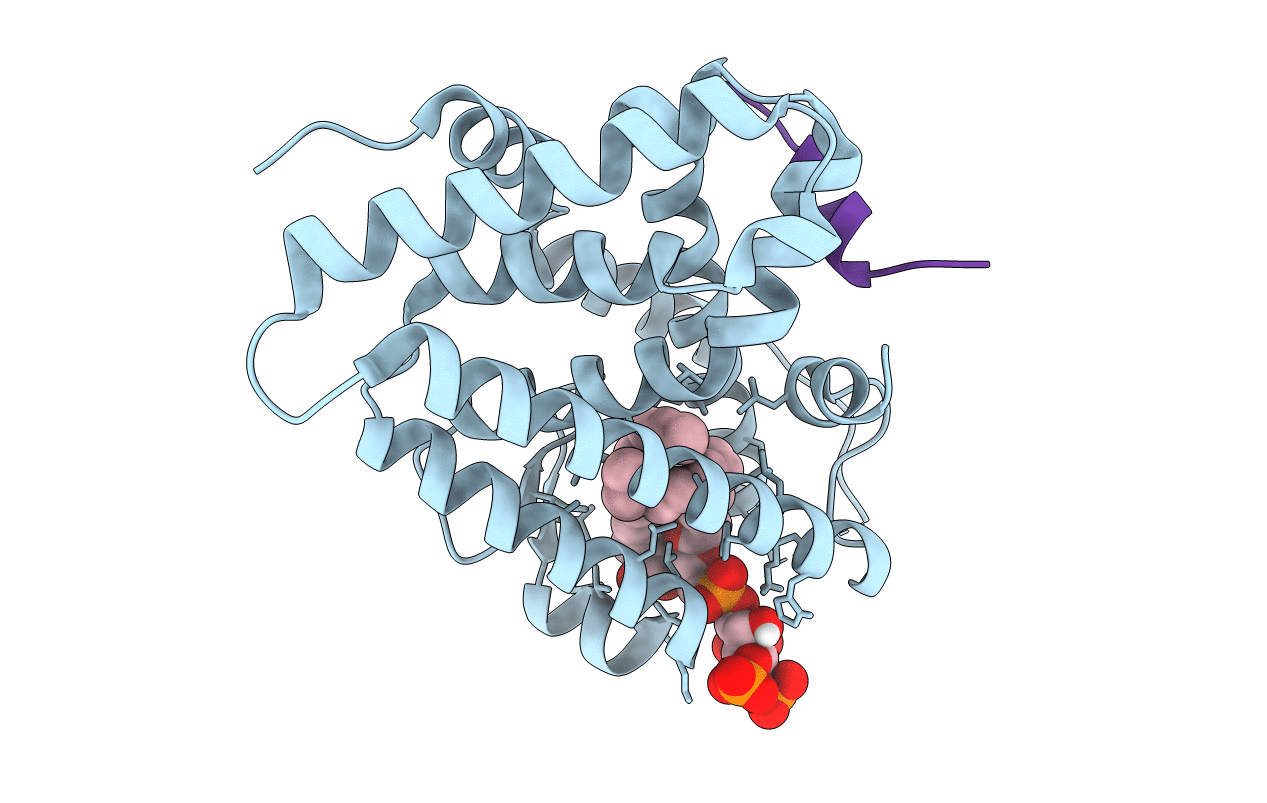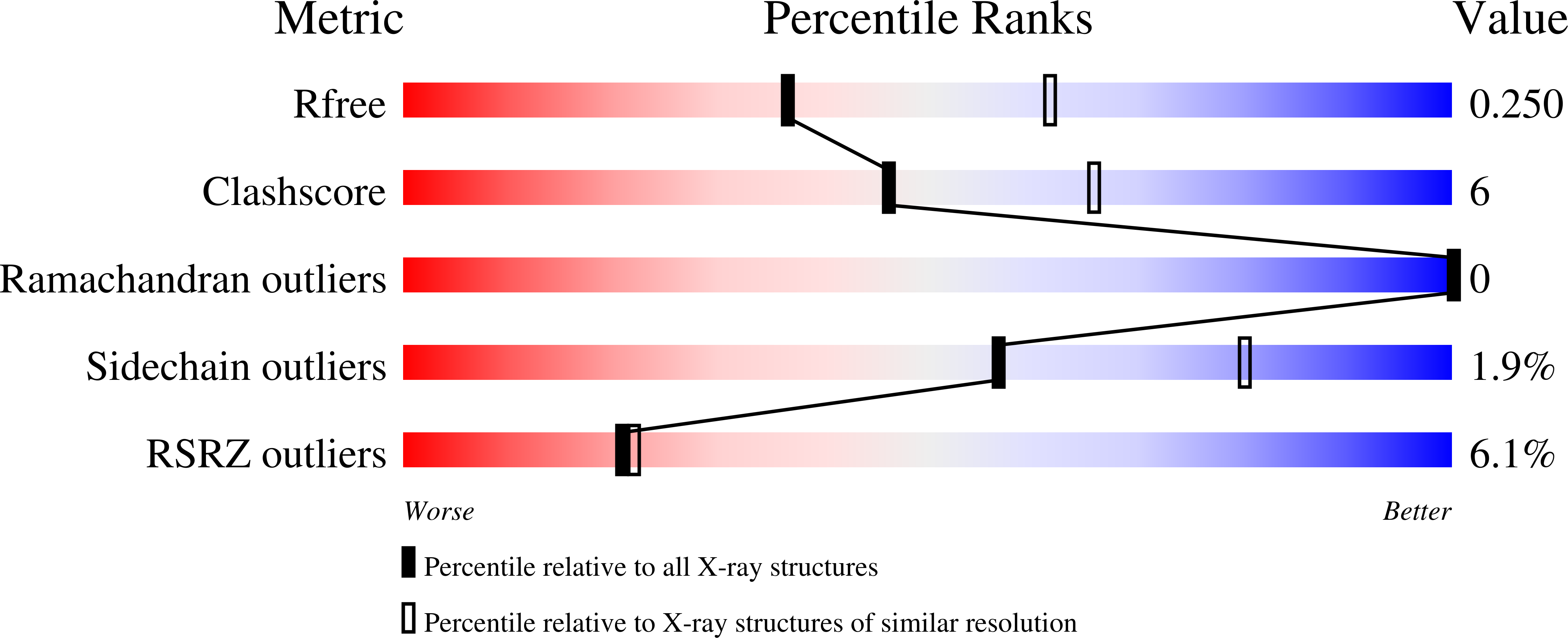
Deposition Date
2020-10-22
Release Date
2021-05-19
Last Version Date
2023-10-18
Entry Detail
PDB ID:
7KHT
Keywords:
Title:
The acyl chains of phosphoinositide PIP3 alter the structure and function of nuclear receptor Steroidogenic Factor-1 (SF-1)
Biological Source:
Source Organism:
Homo sapiens (Taxon ID: 9606)
Host Organism:
Method Details:
Experimental Method:
Resolution:
2.50 Å
R-Value Free:
0.24
R-Value Work:
0.21
R-Value Observed:
0.22
Space Group:
P 41 21 2


